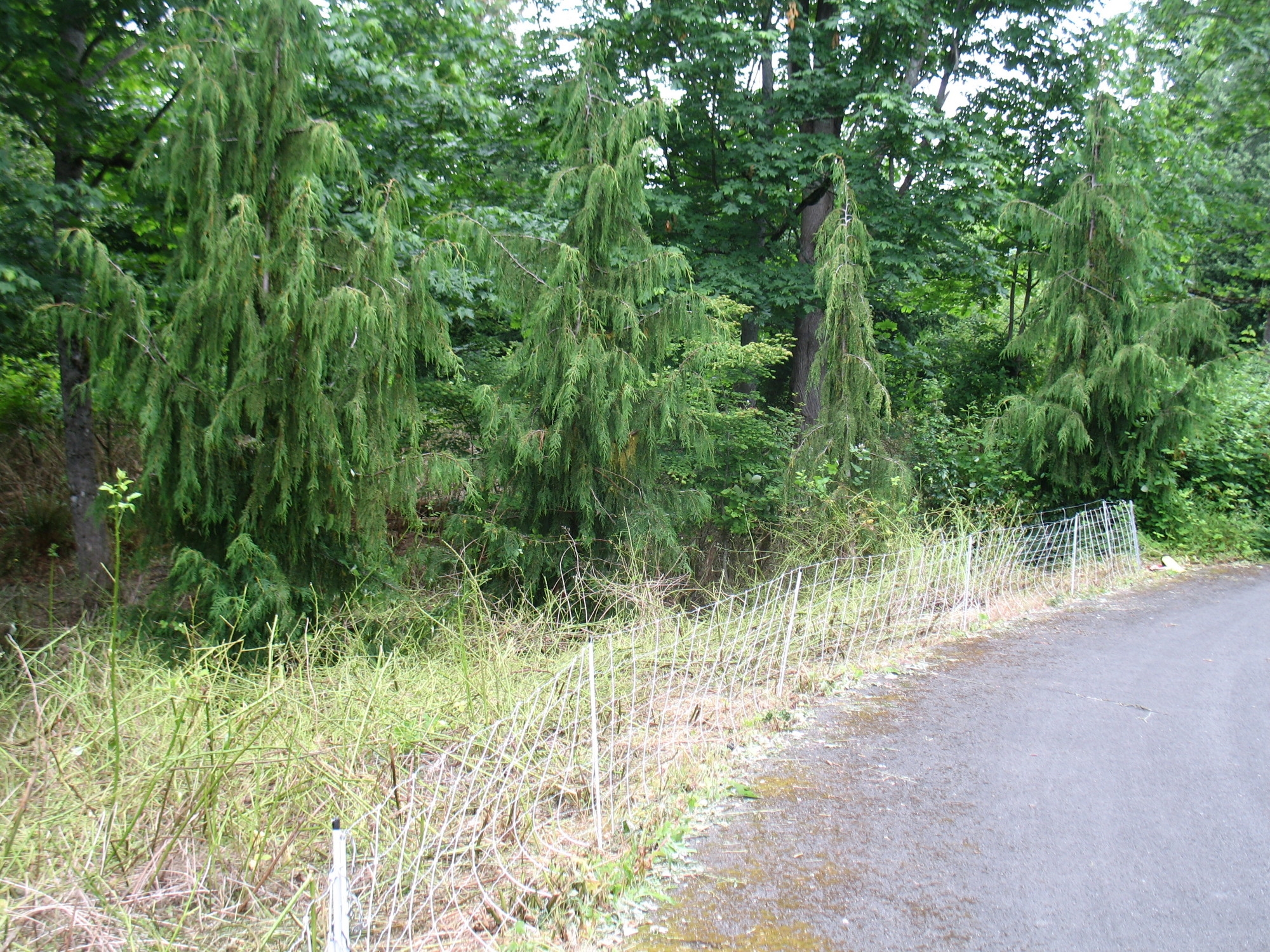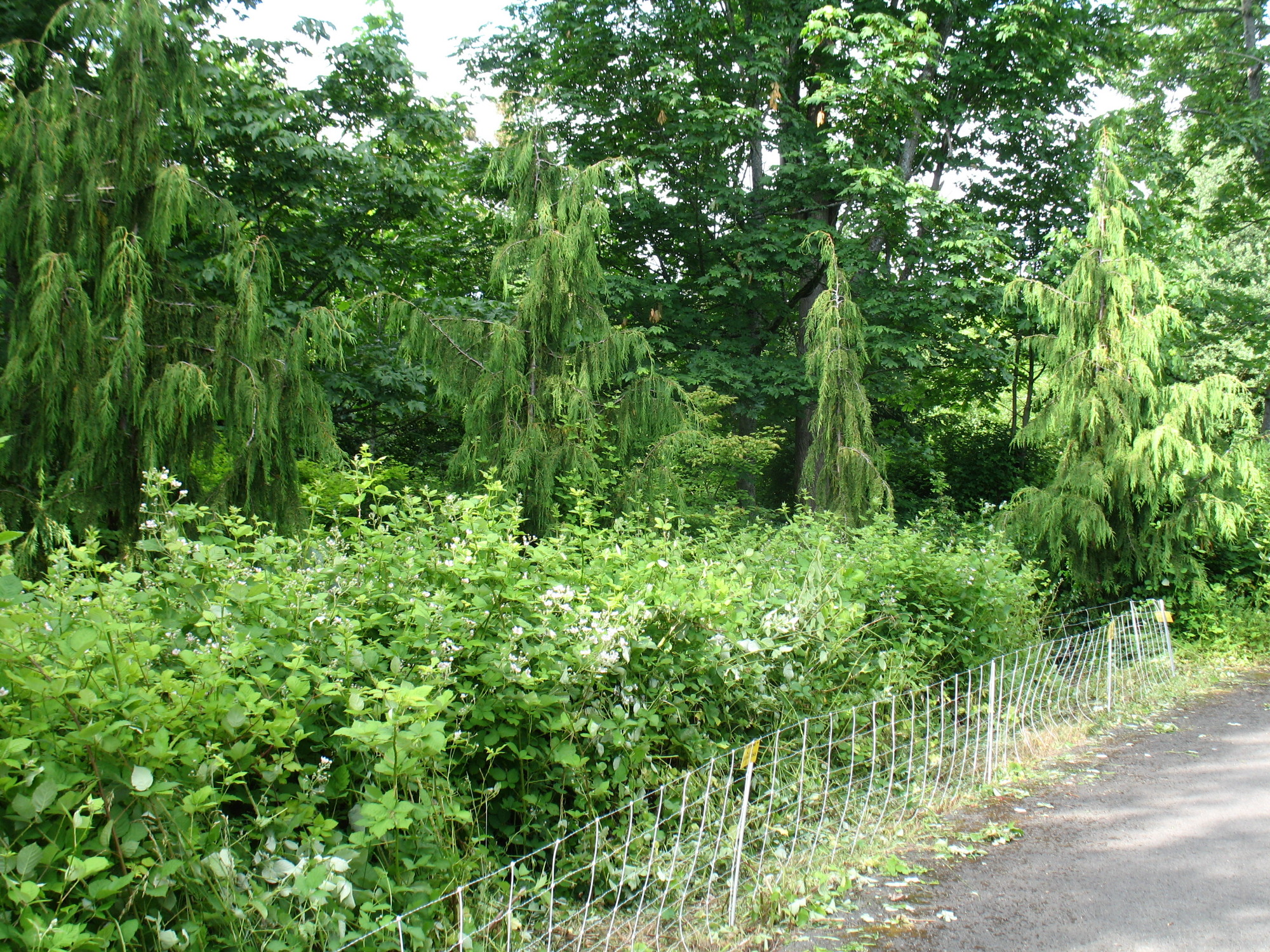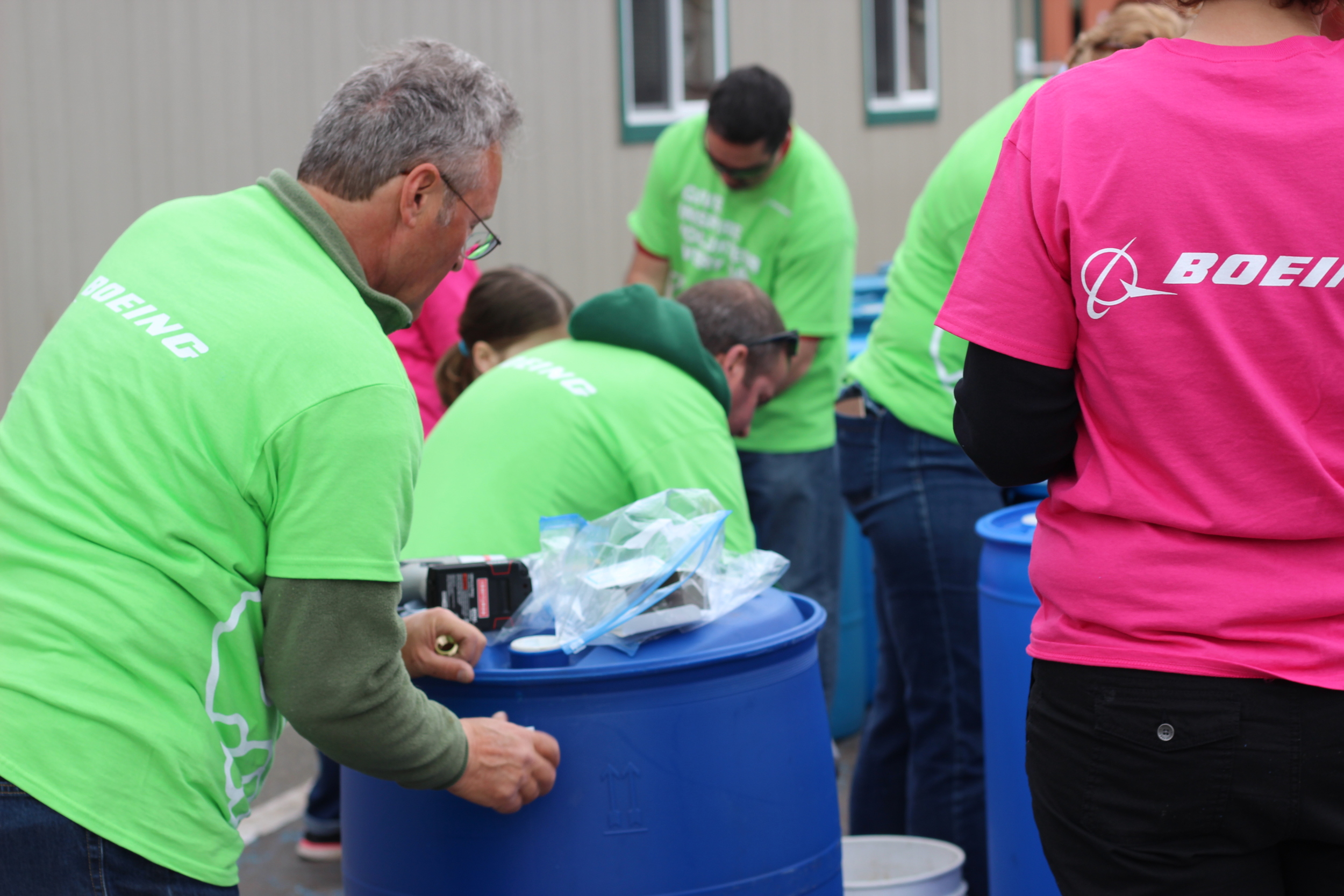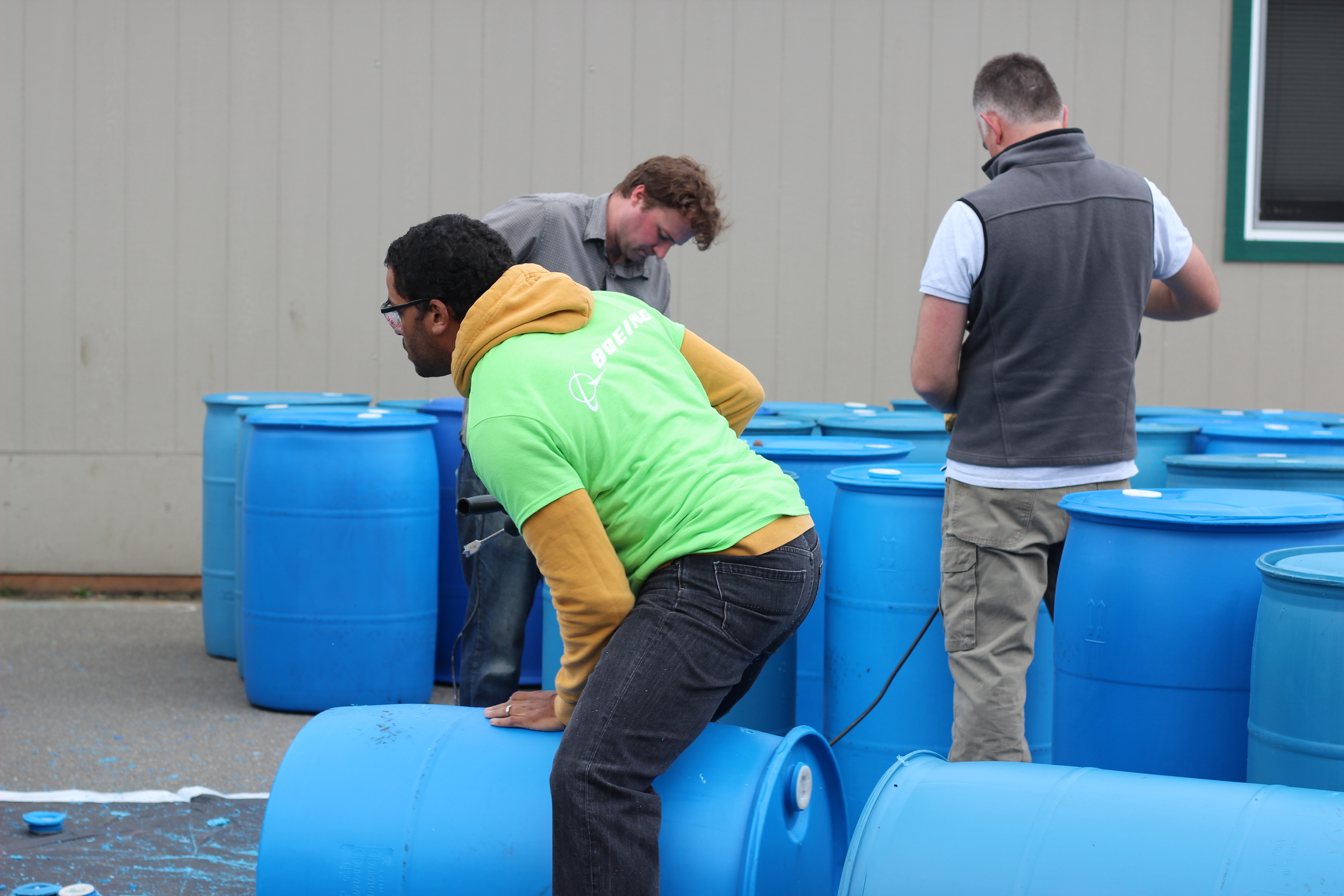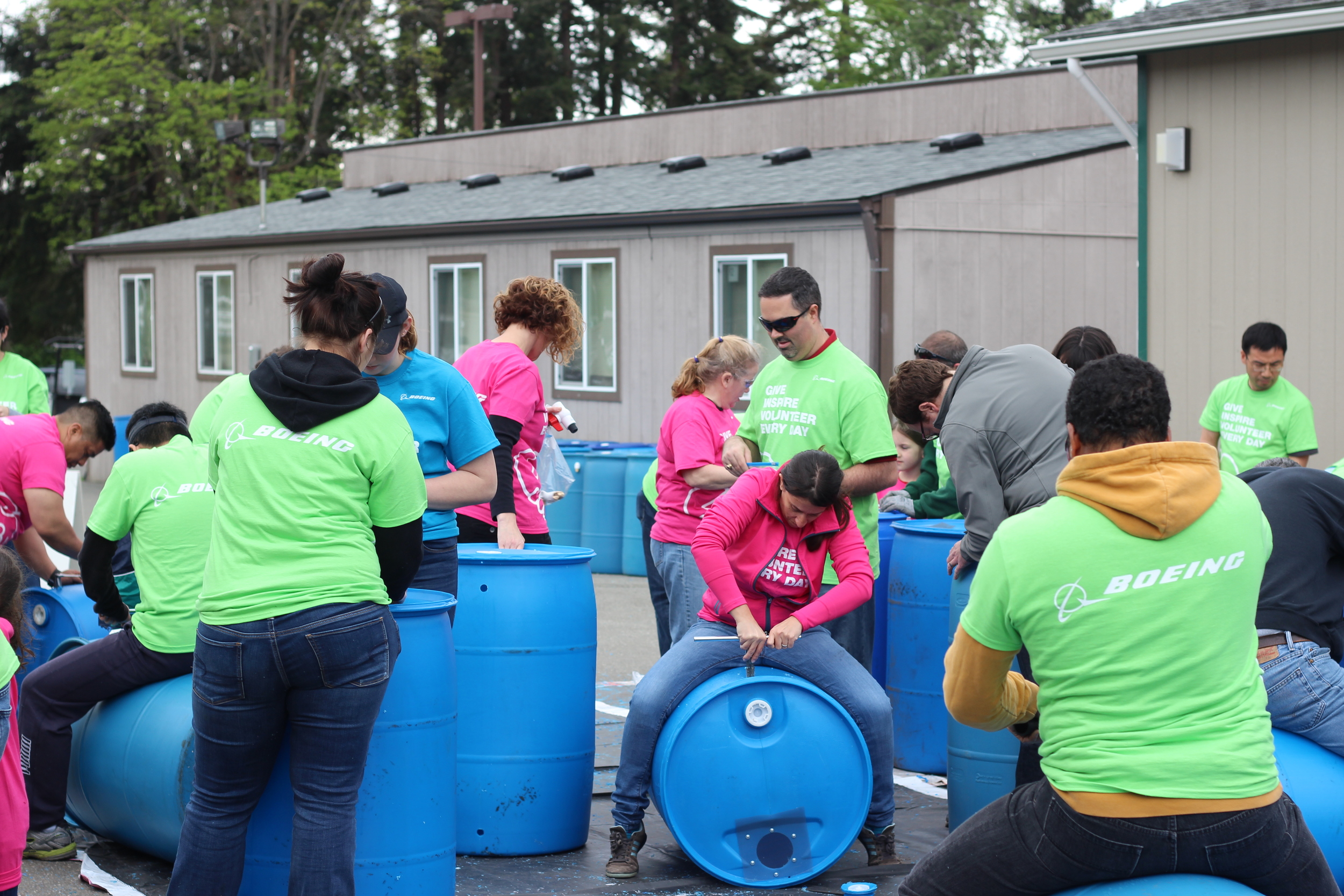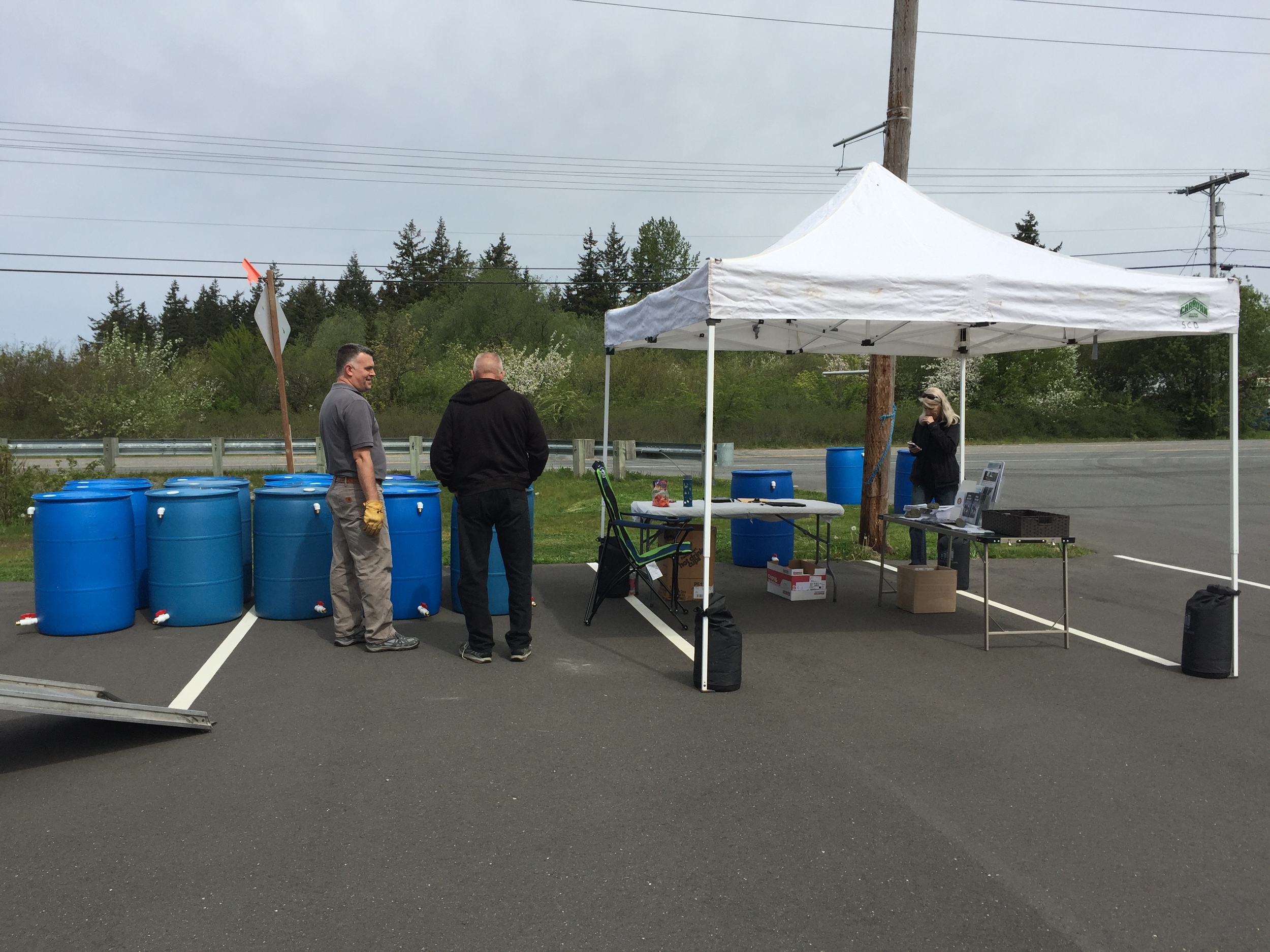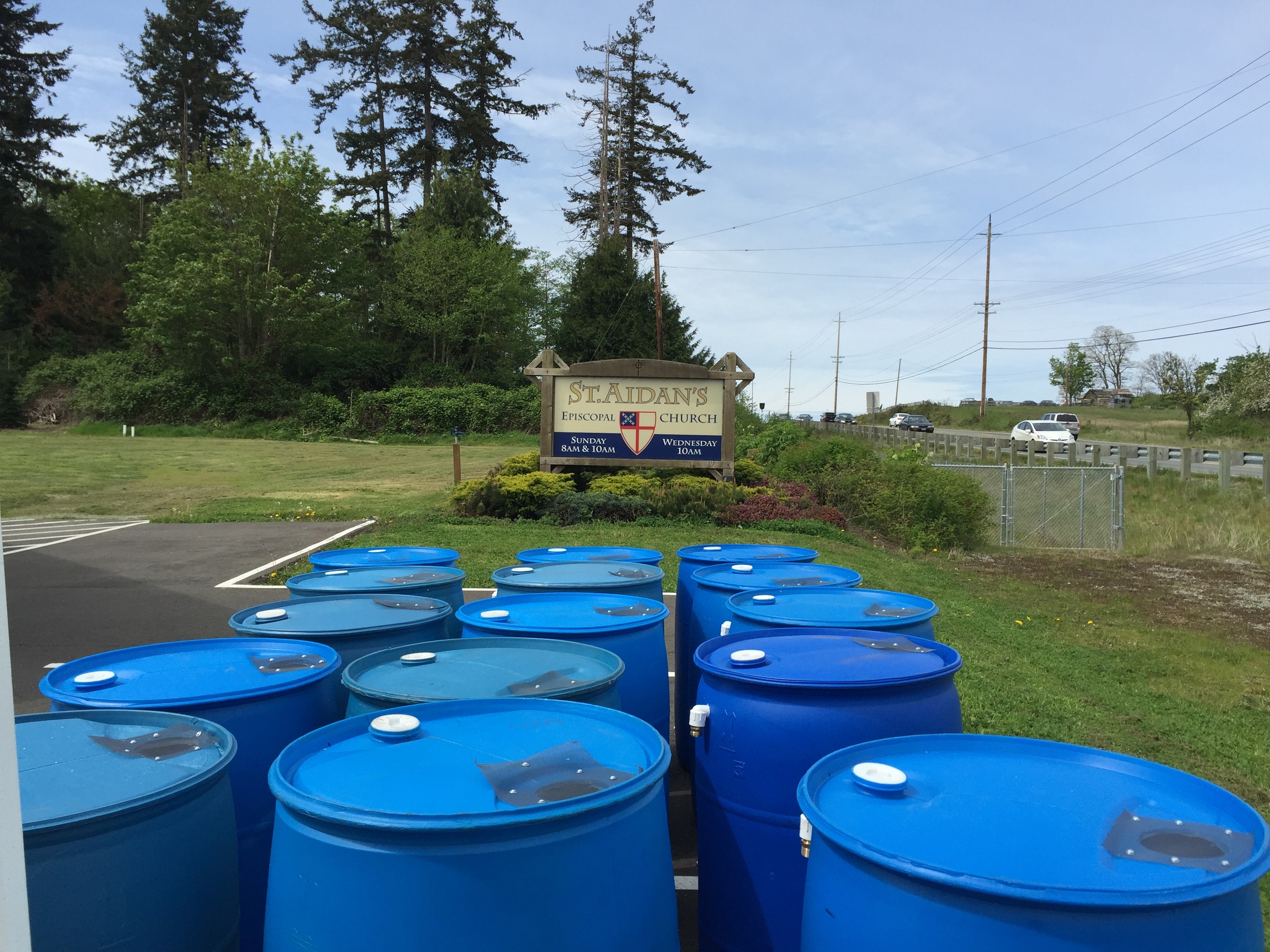In 2014 at Darrell Hagerty Farms, a light application rate (6.5 dry tons/acre) of registered organic compost increased organic green bean yield by 19 percent. Beet seed at Williams Farm showed a 21 percent increase in yield with a 20 dry ton/acre application. Each of these results was statistically significant and used commercial food scraps and yard trimmings compost.
On-Farm Demonstrations in 2015
There were 49 demonstration trials in 2015, which involved qualitative observation of crop growth with compost applied next to a no-compost treatment.
Crops included sweet corn, hay, mixed vegetables, berries, tomatoes, pumpkins, Christmas trees, salad greens, cut flowers, hazelnuts, brassicas, and more.
Farmer feedback was collected through the Compost Outreach Project’s annual survey (conducted since 2012). Farmer collection of yield and/or soil testing data is optional in the demonstration program. While the drought in 2015 posed significant challenges, farmers reported that compost improved crop production in 68 percent of the trials (out of 47 trial crops). Fifty-five percent of farmers found compost increased soil water retention.
Christmas tree farmers have observed improved tree growth and health, and hope to sell the trees mulched with compost earlier than anticipated. This translates to potential increased profit for these growers. A farmer using compost on sweet peppers reported larger and more productive plants. Blueberry plants have thrived in rows mulched with compost, and compost consistently has shown positive crop yield and health results on pumpkins. Several participants reported the compost did nothing. There was no obvious observable effect of the compost on their crops.
2015 Research Trials
Experimental Design
Research trials in 2015 were designed to evaluate the nitrogen contribution from compost as well as changes to soil physical properties on two separate farms with sweet corn as a crop. The design was a replicated strip-plot experiment where compost was either applied or not applied in strips and nitrogen fertilizer (urea) was broadcast preplanting at four different rates within the strip, including a zero-N application. The authors hypothesized that compost would compensate for some nitrogen deficiency through mineralization of the organic nitrogen in compost to plant-available nitrogen.
A different high rate of nitrogen fertilizer was chosen at each farm based on preseason soil testing and estimated nitrogen contribution from organic matter. In addition to the high rate, three other rates were applied for a total of four, where “X” is the full rate: 1.0X, 0.75X, 0.5X, and 0.0X. Corn ear weight, plant biomass, soil nitrate concentration, and bulk density were evaluated. Soil nitrate concentrations are an indication of nitrogen availability for plant uptake.
The two collaborating farms (A and B) have been involved in the Compost Outreach Project since 2011. At Farm A, compost (from Cedar Grove) was applied at a rate of 7.8 dry tons/acre and at Farm B, compost (from Bailey) was applied at a rate of 8.6 dry tons/acre. The difference in application rates was due to differences between manure spreaders used at each farm. At Farm A, the 1X rate of nitrogen was 196 lbs/acre and at Farm B the 1X rate was 100 lbs/acre. Other pre-experiment soil properties are shown in Table 1.
Results
Neither corn ear weight or plant biomass were significantly affected by fertilizer or compost. Mid-season soil nitrate concentrations were not affected by compost, but were significantly affected by fertilizer nitrogen application (Figure 1).
The mid-season soil nitrate test was meant to be taken around the same time farmers would test their soil to decide if a sidedress application of nitrogen is necessary. This test, also known as the pre-sidedress nitrate test (PSNT), can be used to guide mid-season nitrogen applications.
Fertilizer rates should be made based on soil nitrate levels when sweet corn is at the five or six leaf stage. If soil nitrate levels are less than 10 ppm, then as much as 145 lbs N/acre are recommended. If mid-season nitrate levels are greater than 40 ppm, then perhaps no fertilizer nitrate is necessary (Hart, 2010).
Mid-season nitrate levels were nearly 100 and 175 ppm at the zero nitrate fertilizer rate, much greater than what would suggest that crops would likely be deficient in nitrogen. There was likely no compost or fertilizer effect on crop yield because of naturally high levels of available nitrogen from previous management. Fields with a history of application of manure or other organic amendments are not likely to result in a yield increase from compost. In previous experiments on different fields, compost resulted in a 20 percent or larger increase in yield on several specialty crops.
Bulk density was decreased by compost applications at both farms, though the effect was only significant at Farm B where there was a 6 percent decrease (Figure 2). Bulk density (weight/volume) is a measure of soil compaction. Practices that improve soil structure (cover cropping, reduced tillage, or organic matter application) can reduce soil bulk density. The 2015 research study designed to evaluate the effects of fertilizer and compost use will be repeated again in 2016.
Additional Project Activities
Farmers have continually pinpointed compost price, spreading (equipment and time), compost delivery, plastic contamination of compost, and lack of information as challenges to using compost. Educational workshops and presentations have increased farmer knowledge of when and how to use compost. An ongoing dialog with composters and farmers is shaping a mutually beneficial relationship.
Conservation districts continue to enhance their focus on compost education, targeting farmers and landowners. Snohomish and King County Solid Waste Divisions, with support from Waste Management, continue to develop and expand the agricultural end use market to ensure the success of the local composting industry and the continued availability of compost for use on local farms.







